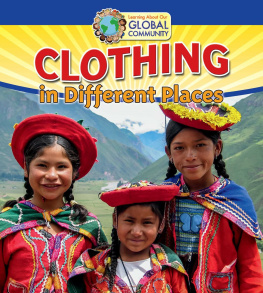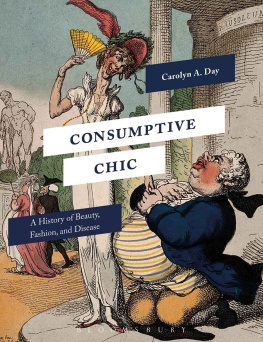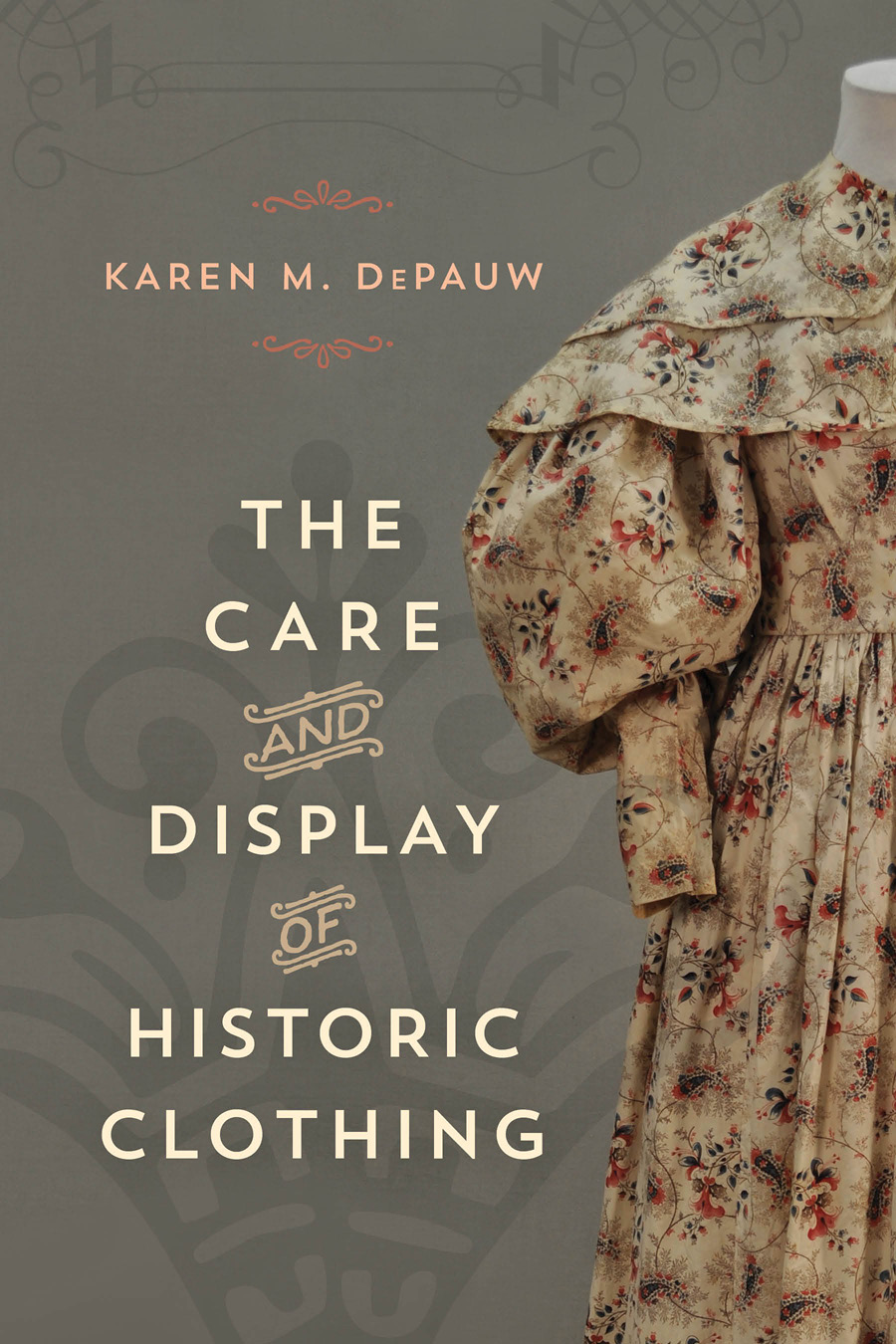The Care and Display of Historic Clothing
AMERICAN ASSOCIATION FOR STATE AND LOCAL HISTORY
BOOK SERIES
SERIES EDITOR
Rebecca Shrum, Indiana University PurdueUniversity Indianapolis
MANAGING EDITOR
Bob Beatty, AASLH
EDITORIAL BOARD
Anne W. Ackerson, Leading by Design
William Bomar, University of Alabama Museums
Jessica Dorman, The Historic New Orleans Collection
W. Eric Emerson, South Carolina Department of Archives and History
Tim Grove, National Air and Space Museum
Laura Koloski, Pew Center for Arts & Heritage
Russell Lewis, Chicago History Museum
Jane Lindsey, Juneau-Douglas City Museum
Ann E. McCleary, University of West Georgia
Laurie Ossman, Preservation Society of Newport County
Sarah Pharaon, International Coalition of Sites of Conscience
Laura Roberts, Roberts Consulting
Julia Rose, Homewood Museum at Johns Hopkins University
Sandra Smith, Heinz History Center
Kimberly Springle, Charles Sumner School Museum and Archives
William S. Walker, Cooperstown Graduate Program, SUNY Oneonta
ABOUT THE SERIES
The American Association for State and Local History Book Series addresses issues critical to the field of state and local history through interpretive, intellectual, scholarly, and educational texts. To submit a proposal or manuscript to the series, please request proposal guidelines from AASLH headquarters: AASLH Editorial Board, 2021 21st Ave. South, Suite 320, Nashville, Tennessee 37212. Telephone: (615) 320-3203. Website: www.aaslh.org.
ABOUT THE ORGANIZATION
The American Association for State and Local History (AASLH) is a national history membership association headquartered in Nashville, Tennessee. AASLH provides leadership and support for its members who preserve and interpret state and local history in order to make the past more meaningful to all Americans. AASLH members are leaders in preserving, researching, and interpreting traces of the American past to connect the people, thoughts, and events of yesterday with the creative memories and abiding concerns of people, communities, and our nation today. In addition to sponsorship of this book series, AASLH publishes History News magazine, a newsletter, technical leaflets and reports, and other materials; confers prizes and awards in recognition of outstanding achievement in the field; supports a broad education program and other activities designed to help members work more effectively; and advocates on behalf of the discipline of history. To join AASLH, go to www.aaslh.org or contact Membership Services, AASLH, 2021 21st Ave. South, Suite 320, Nashville, TN 37212.
The Care and Display of Historic Clothing
Karen M. DePauw
ROWMAN & LITTLEFIELD
Lanham Boulder New York London
Published by Rowman & Littlefield
A wholly owned subsidiary of The Rowman & Littlefield Publishing Group, Inc.
4501 Forbes Boulevard, Suite 200, Lanham, Maryland 20706
www.rowman.com
Unit A, Whitacre Mews, 26-34 Stannary Street, London SE11 4AB
Copyright 2017 by Rowman & Littlefield
All rights reserved . No part of this book may be reproduced in any form or by any electronic or mechanical means, including information storage and retrieval systems, without written permission from the publisher, except by a reviewer who may quote passages in a review.
British Library Cataloguing in Publication Information Available
Library of Congress Cataloging-in-Publication Data Is Available
ISBN 978-1-5381-0591-7 (cloth : alk. paper)
ISBN 978-1-5381-0592-4 (paperback : alk. paper)
ISBN 978-1-5381-0593-1 (electronic)
 The paper used in this publication meets the minimum requirements of American National Standard for Information SciencesPermanence of Paper for Printed Library Materials, ANSI/NISO Z39.48-1992.
The paper used in this publication meets the minimum requirements of American National Standard for Information SciencesPermanence of Paper for Printed Library Materials, ANSI/NISO Z39.48-1992.
Printed in the United States of America
For Jessica and my family
Contents
Preface
C ostume and textile historians represent one of many specialty-trained groups of individuals who work within museums and historic sites. Yet, as budgets narrow and the potential of hiring specialty curators wanes, or in many cases never existed to begin with, non-specialists are finding themselves in positions of caring for a portion of the collection they may not feel fully prepared to tackle. This book seeks to put the collection before ego and share the knowledge gained through years of education, training, and practical work in museums, so that costume collections of all sizes can be cared for and preserved for future generations. There are some things that are hard to teach in one book, like the years of study that make dating costumes quick and easy or the scientific background and skill necessary to perform conservation work. However, this book strives to be an introduction to those things and some of the basics of costumes to help get started on preserving for the future.
The field of fashion history is not overly large or well-known. When I told my college advisor about my goal to study fashion history after completing my bachelor of arts in history, his response was simply you can get paid for that? This is a response I have become accustomed to over the last fifteen years, and I always enjoy responding with a resounding, Yes! Because the field is so specialized, I often get the follow-up question of how I decided to pursue this particular career. Well, like most things, it started when I was too young to even realize that the small things happening in my everyday life were slowly shaping my future.
Growing up, I spent quite a bit of time in period costume assisting my parents at historical festivals and as they volunteered at a state historic site in my native Illinois. I use quotes around assisting because I cannot say that as a young child I helped with much more than creating ambiance at any of these locations. Often I could be found running around in period costume (usually of the early to mid-1800s) playing as usual: tag with friends, making clothes out of scrap fabric and bits of nature for well-loved dolls, reading, or drawing in a leather-bound book. I also learned new skills, like natural dying, spinning, and cooking on an open hearth. From these experiences I knew I loved history and wanted to do something in the history field besides teach in a traditional classroom setting. I loved the interactions I had with the public and decided the museum field was the perfect fit. But I still was not sure exactly what to do once I got to a museum. Did I want to be an educator? Work with the collection? Be an administrator? Those questions were all answered in one fortuitous conversation.
It was one particular event that opened the door and put me on a track to eventually pursue a historic costume and textile masters degree from the University of Rhode Island. My parents and I were participating in an event at George Washingtons Mount Vernon where my father was demonstrating as a period artisan. A woman walked up to my mother and me and commented about our 1830s dresses. I asked her how she knew they were 1830s and her response was merely the sleeves, it was all about the sleeves then. After pestering her with a few questions, I found out she had studied historic fashion and now worked with museum collections, and the very next thought I remember having was, I want to do that when I grow up. I will always remember that encounter, both for its role in my future educational decisions, and because we arrived home from the event on September 10, 2001, the day before the terrorist attacks on Washington, DC, and New York City.









 The paper used in this publication meets the minimum requirements of American National Standard for Information SciencesPermanence of Paper for Printed Library Materials, ANSI/NISO Z39.48-1992.
The paper used in this publication meets the minimum requirements of American National Standard for Information SciencesPermanence of Paper for Printed Library Materials, ANSI/NISO Z39.48-1992.